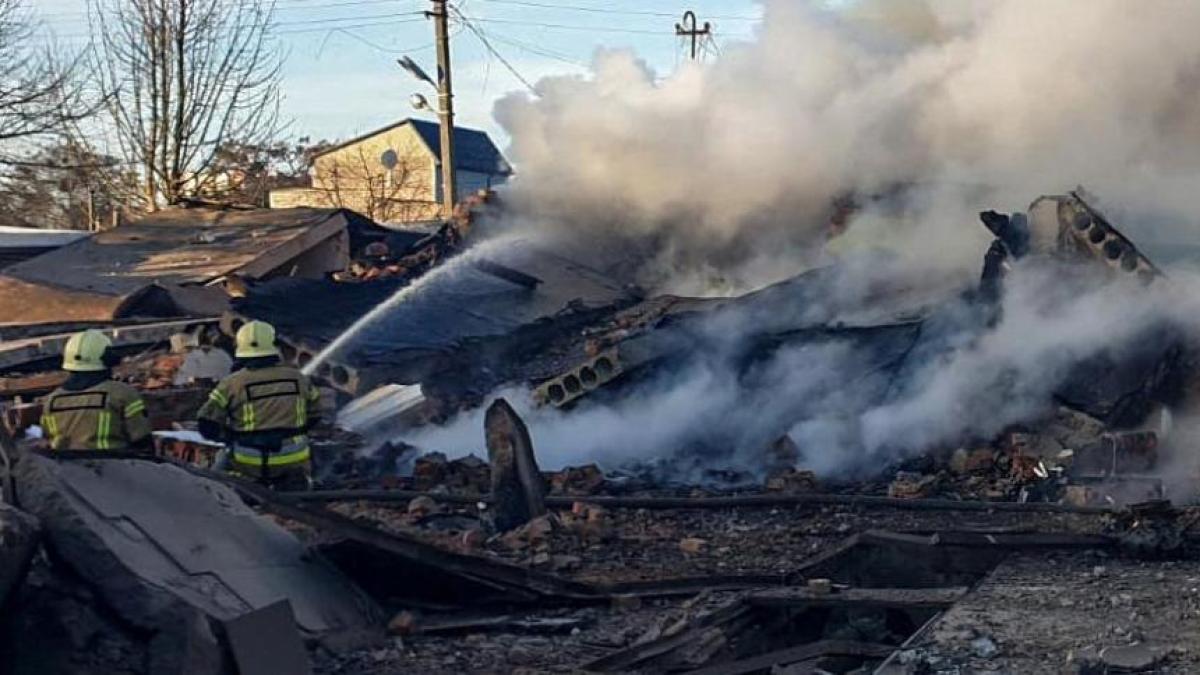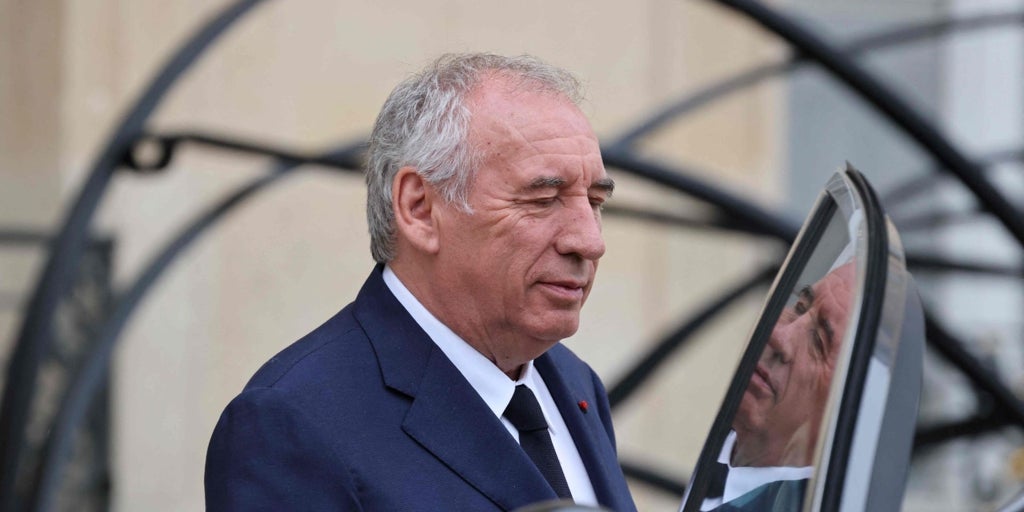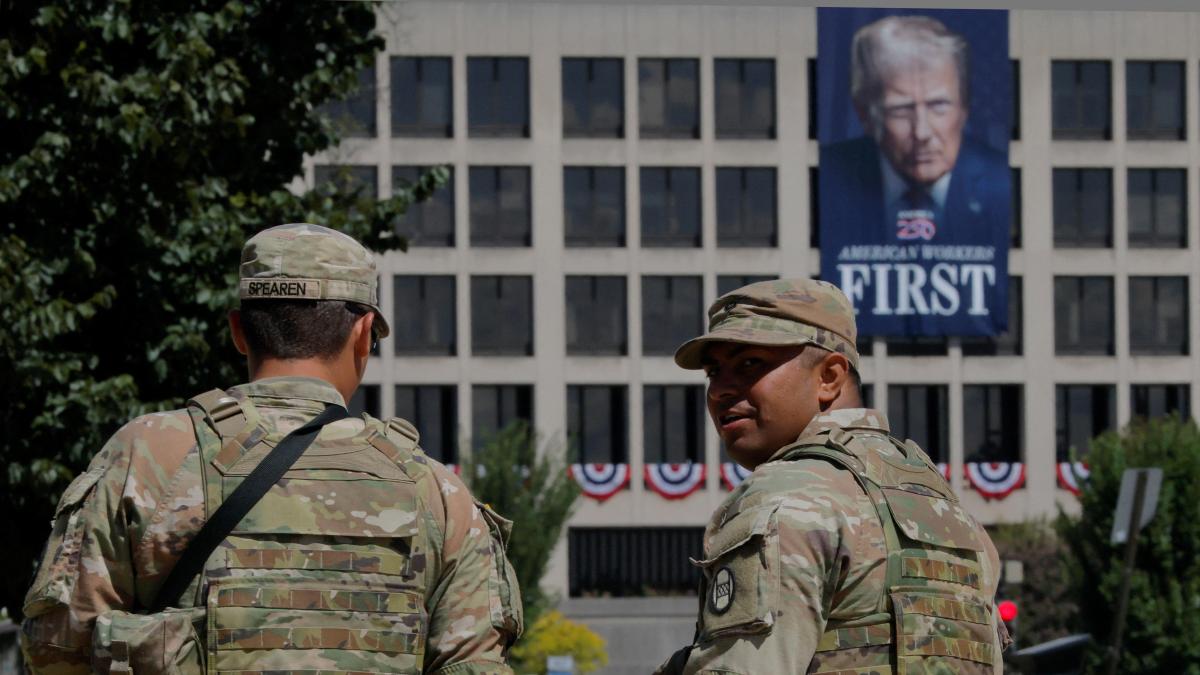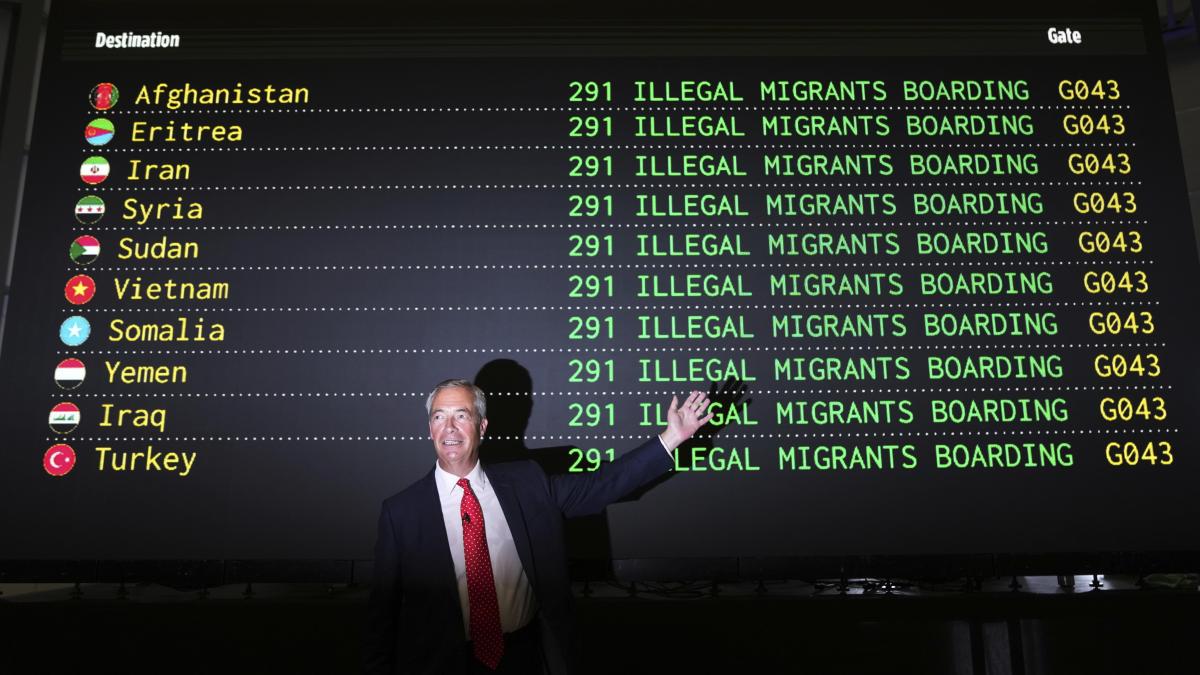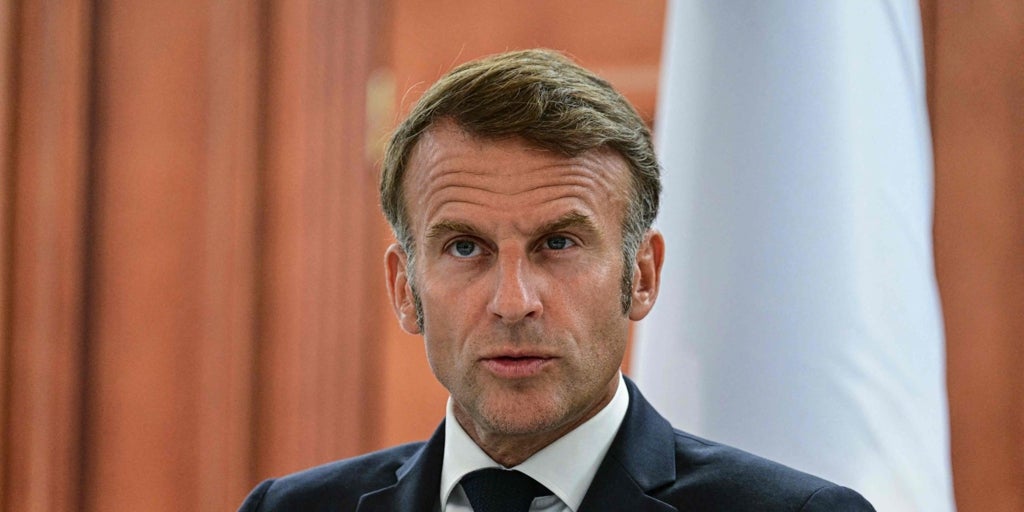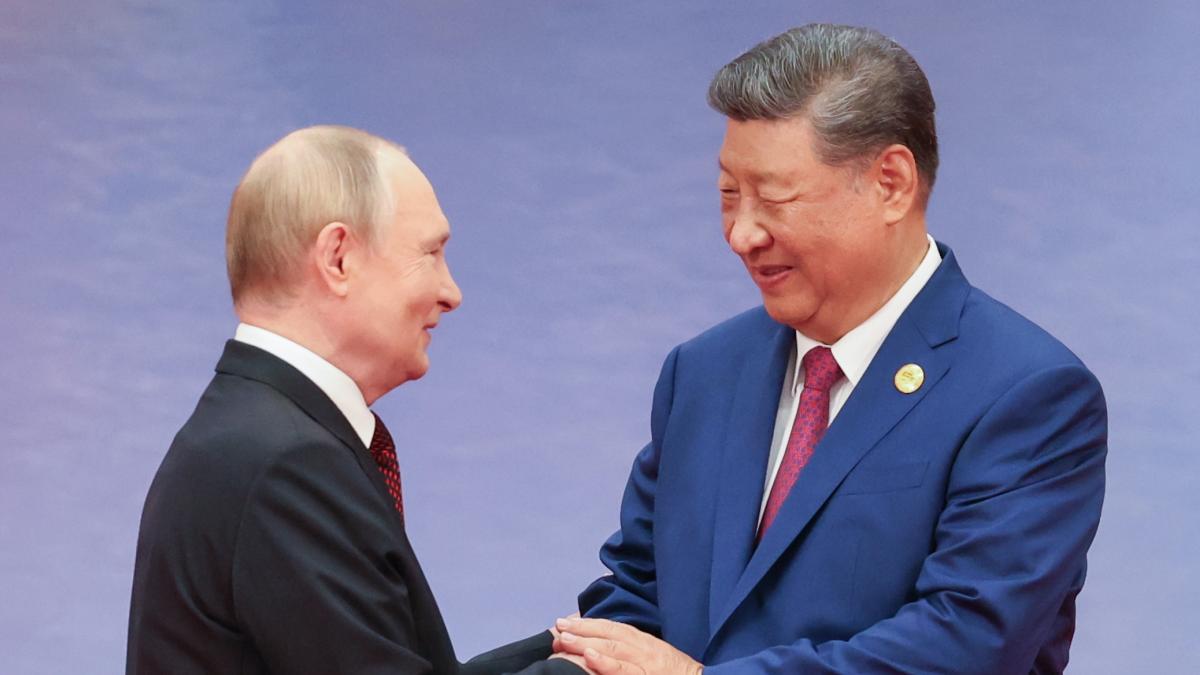Biden Approves Ukraine’s Use of Long-Range Missiles Against Russia: A Dangerous Shift in Strategy
One of the most severe waves of missile attacks on Ukraine since Russia’s full-scale invasion nearly a thousand days ago has seemingly changed the narrative within the White House during President Joe Biden’s tenure. This notable shift in policy is likely a response to the unprecedented Russian assault, where an onslaught of 120 missiles and 90 drones targeted the Ukrainian energy network.
In a decisive move, President Biden granted permission for Ukraine to utilize the ATACMS missile system against Russian territory, just hours post-attack. The ATACMS missiles, classified as long-range weapons, have an operational range of approximately 300 kilometers, providing Ukraine with the capability to strike at targets deep within Russia.

Use with Restrictions
However, Biden’s authorization is not without stipulations. The missiles can only be deployed in the Russian province of Kursk, which is currently partially occupied by Ukrainian troops. The decision to limit the operational theater raises questions about the strategic implications and the potential for escalated conflict. The fact that Biden has approved their use against a Russian province, which hostilities have laid bare, is a complex and paradoxical scenario.
As reported by The New York Times, the U.S. administration’s justification for this significant decision stems partly from the presence of North Korean troops in the region. Biden’s team aims to send a compelling message to Pyongyang about the vulnerabilities of their forces should they choose to escalate their support to Russia.
Sevgil Musaieva, an influential media figure in Kyiv, emphasized that while North Korea may not be directly engaged in the conflict with Ukraine, they are aligned in their opposition to Western powers. This convolutes the situation, portraying Ukraine not merely as a regional conflict but as part of a grander confrontation pitting various nations against the West, including elements from Iran and China supporting Russia.

A Tactical Gamble
The unfolding situation in Ukraine has led to a predictable but disconcerting reality. As winter approaches, the scale of missile assaults has intensified, aiming to cripple not just military targets but the resilience of the Ukrainian populace. During harsh winters, combat operations may slow down significantly, leading to tactical campaigns that seek to mitigate Ukrainian resistance.
Last winter’s campaign saw similar patterns, although this year’s assault seems unparalleled with intensified capabilities, particularly after reports indicated that North Korea supplied Russia with 200 missiles in September 2023. The integration of Iranian and self-manufactured drones by Russia further complicates the battlefield dynamics, necessitating an urgent response from Ukraine and its allies.

The reality on the ground is daunting, with Musaieva acknowledging sleepless nights as the missile barrage over Ukraine escalates. As experts predict ongoing assaults, the pressing need to bolster Ukraine’s defense capabilities becomes more significant. This current military environment signifies a stark transition in Biden’s strategic calculus concerning Ukrainian military assistance.
A Voracious Onslaught
In the latest developments, Russian forces have unleashed a barrage of various missile types—ballistic, cruise, and hypersonic—targeting vital infrastructures with the intent to cripple Ukraine’s energy systems. This assault illustrated the range and versatility of Russia’s military arsenal as they launched attacks from both land and naval platforms, underlining the dire need for effective air defense strategies on the Ukrainian end.

Crucially, as the conflict escalates, the strain on the Ukrainian energy infrastructure grows exponentially. Despite the staggering waves of attacks, reported casualties from the recent strikes remained limited, though the impact on civilians and infrastructure is resolutely devastating. The reality of living amidst this continuing conflict places undue stress on a population striving to maintain normalcy in an extraordinary situation.
Energy Minister Herman Halushenko confirmed reports of extensive damage to the electrical system due to the ongoing assaults. With a reliance on two nuclear power plants for energy needs, any targeted attacks could jeopardize not only operational stability but the safety of entire regions.
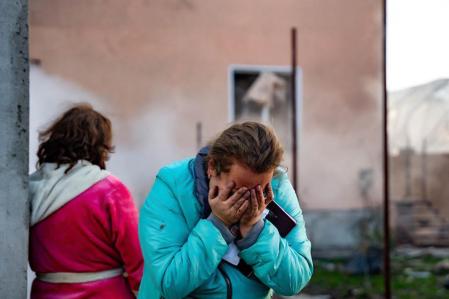
The Path Ahead
Moving forward, the strategic implications of Biden’s decision to permit the use of long-range missiles will be keenly observed by both allies and adversaries. It indicates the United States’ commitment to Ukraine, even as it navigates a landscape fraught with risk and unpredictability. The ramifications of this powerful military support gesture could pivot the conflict into a more offensive phase for Ukraine while establishing a precarious precedent in international military engagements.
As citizens around the world maintain their vigilance and solidarity with Ukraine, the battle for sovereignty and territorial integrity rages on at unprecedented levels. Biden’s unfolding military policy will not only affect the ongoing conflict but may also echo significantly within the geopolitical framework in which global powers interact.
In summary, the stakes are profoundly high as Ukraine faces relentless aggression from Russia, and the U.S. finds itself at a critical juncture in determining its involvement. The course that unfolds from this crucial decision may crucially affect the fate of Ukraine and influence international relations in the years to come.

